In all that time, I’ve learned a lot, especially about conversions. Google itself released an article in 2015 with this wait-what-was-that-again title: “Banner Ads Can Be Creative and Effective.” The assumption is that banner ads and display ads in general are boring! Experiment with keyword match types This is a simple and quick tip that will help you get more conversions. Some studies show that conversion rates can decrease when using close variants. In fact, 85 percent of customers base their purchasing decisions on color. Color associations vary across cultures, but if you understand what certain colors mean to your audience, you can use them to boost your conversions. While there’s no single best color for CTAs, you want to make sure it stands out in your ad. So make sure you display only 1 or 2 ads on each page (ideally just 1). Some of these lessons I’ve shared with you took me years to learn and even longer to fully understand. I hated feeling that way, and I lost a lot of time and money by doing the wrong things.

Have you ever had a mind blowing “wow” moment about yourself?
I’m talking about that moment when you realize something that you hadn’t thought about ever before.
For me, that moment came recently when I thought about how many ads I’ve seen.
I wanted to write an article on how to boost conversions with ads, and it got me thinking. I knew I’d seen quite a few ads in my time, but I wanted to know just how many.
I’ve been in marketing for about ten years now.
I started to wonder how many ads I’ve seen over that time.
I researched it and found out that the marketing firm Yankelovich says we see as many as 5,000 ads per day.
And since I’ve done almost nothing but marketing every day for these last ten years, it’s safe to assume I’ve seen at least that many on a daily basis (if not more).
So let’s do the math.
Ten years is 3,650 days. Multiply that by 5,000 ads per day, and you get an unbelievable number:
18,250,000.
My jaw dropped when I realized that.
I’ve seen over 18 million ads in the last decade.
In all that time, I’ve learned a lot, especially about conversions.
And that’s what I want to talk about today. I’m going to distil everything I’ve learned from those 18 million ads and break it down into bite-sized, actionable tips for you.
To make things as relevant as possible, I’m going to address display ads specifically. Display ads are among the most popular and widely used digital advertising methods today.
1. Be interesting
I know this sounds like a generic tip, but hear me out.
So many ads are just plain boring. They’re not exciting.
Would you respond to an ad like this?

I’m not convinced that it’s truly captivating.
That’s why my first tip is to be interesting.
Look, most ads just aren’t interesting, creative, or effective.
Google itself released an article in 2015 with this wait-what-was-that-again title: “Banner Ads Can Be Creative and Effective.”
The assumption is that banner ads and display ads in general are boring! “Banner ads can be creative,” because they normally aren’t.
Here’s how Google’s Bob Arnold explained the issue:
So, why [do banner ads have such a] bad rap? As with any marketing campaign, the success of a banner campaign comes down to creative quality. The best banner ads are eye-catching.
That’s why any conversion-boosting banner ads needs to be, first and foremost, interesting.
Take a unique angle and use compelling ad copy. Create an ad that’s worth responding to.
2. A/B test your ads
I know, this also sounds like basic information.
But you wouldn’t believe how many people don’t do this.
Split testing can literally mean the difference between success and failure.
Take a look at one study from Optimizely.
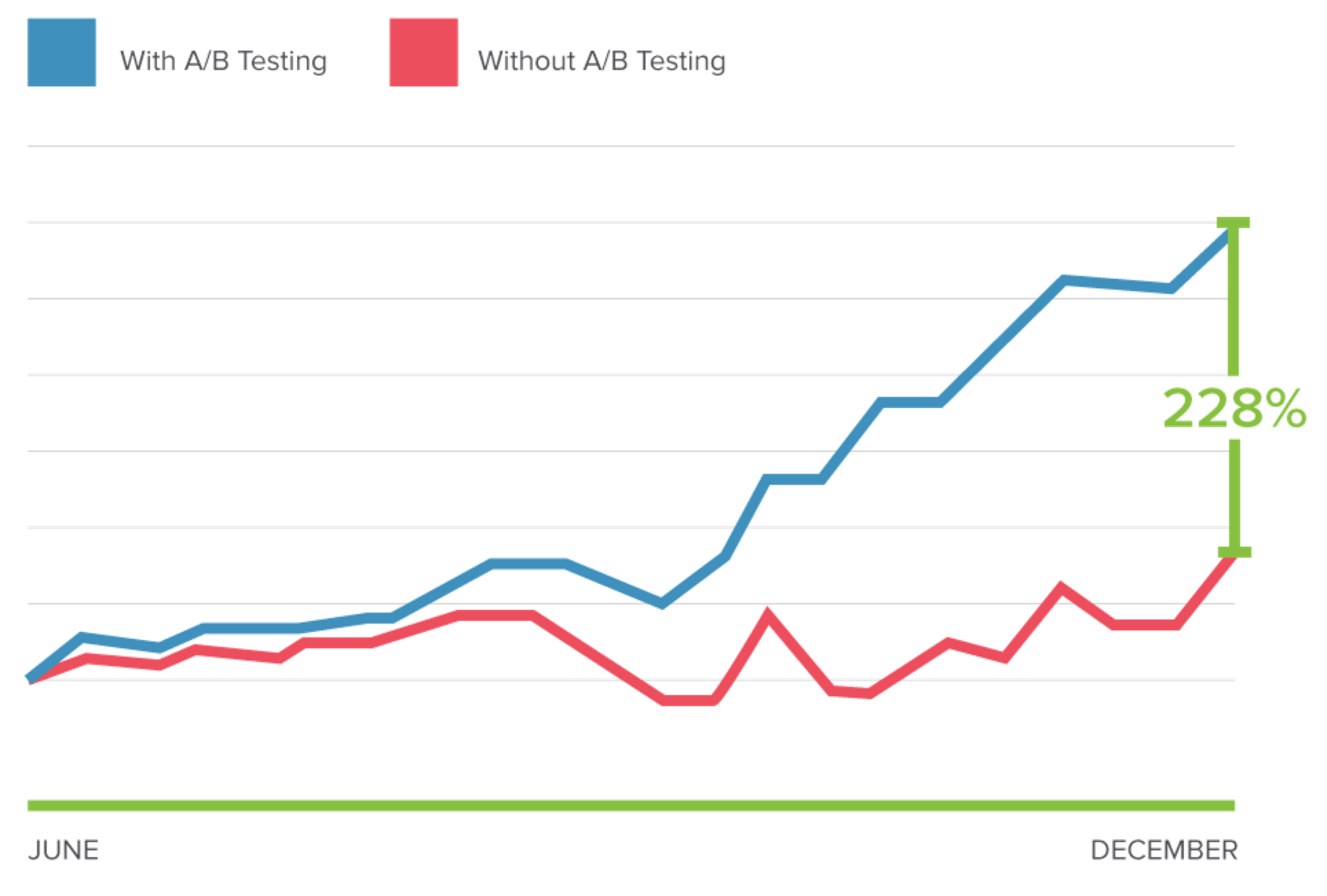
Conducting some simple A/B tests produced a 228% conversion rate over not testing.
And what’s the most important place to introduce split testing? In your display ads.
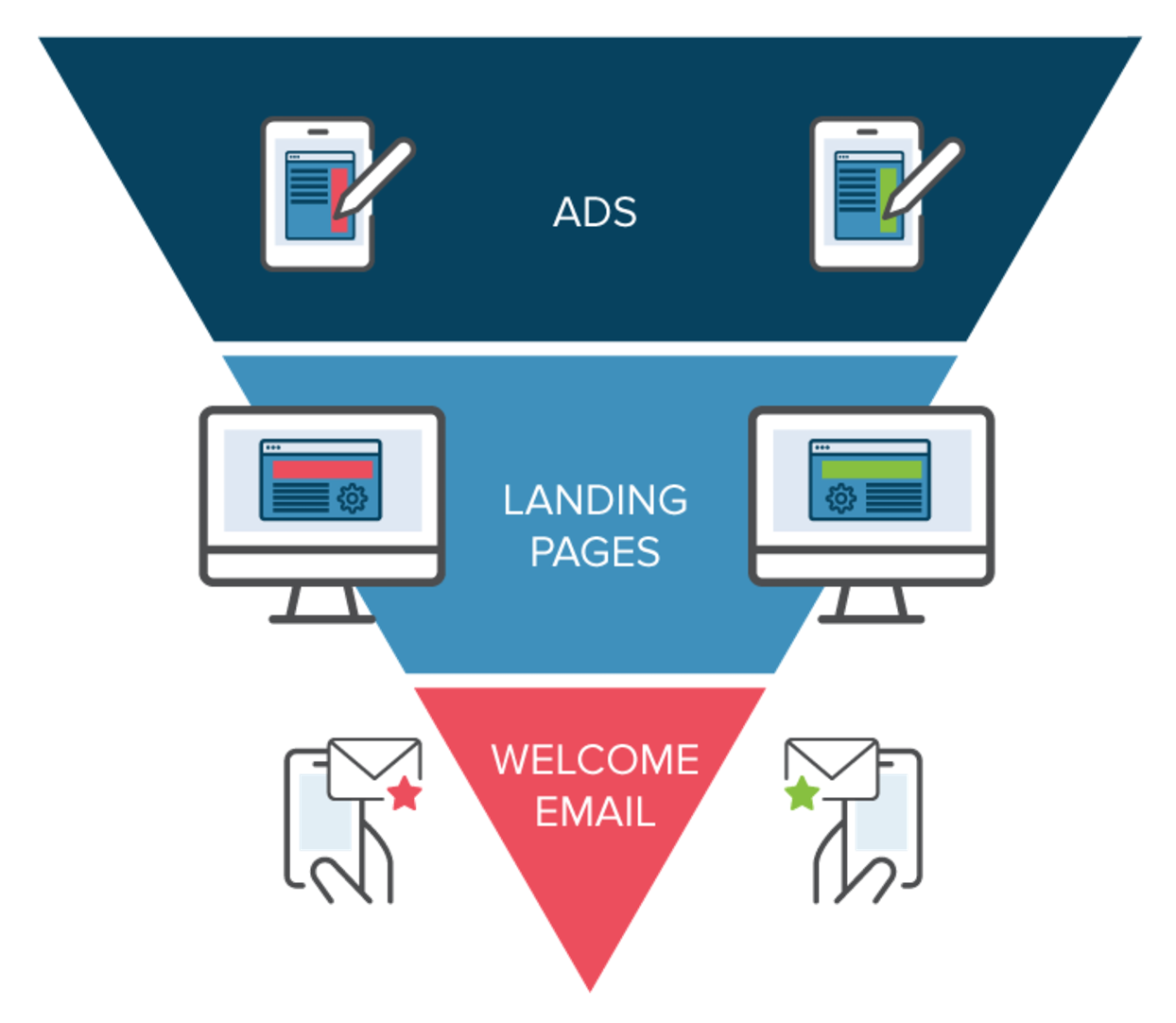
Since display ads are at the top of the funnel, they have the greatest likelihood of boosting conversion rates across the marketing campaign.
So don’t wait any longer to properly A/B test your ads.
3. Strategically track your metrics
When you think of tracking metrics for ads, you probably think sales, right?
That’s a good place to start. But sometimes you should track other metrics (like email signups or site visits) in addition to sales.
Google Tag Manager is one of the best methods of tracking multiple metrics.

4.Start at the end
Most marketers start the ad creation process with the ad itself or maybe a landing page.
But that’s the wrong way to go about it.
The smartest way is to reverse engineer the customer journey.

Think about the end result you want, then work backward from that. Choose your keywords and copy based on that result.
5. Make your ad copy consistent
If your ad copy is all over the place, your users will be confused.
It’s best to paint a clear picture that uses consistent wording and ideas.
Check out how Gap does it:

The ad primes users for the page and the page delivers on the promise of a sale the ad made.
I’ll touch on visual consistency in point 28.
Consistency like this is super important. Your copy should sound similar (but not boring) throughout the customer’s journey.
6. Experiment with keyword match types
This is a simple and quick tip that will help you get more conversions.
If you’re only using one keyword match type, you’re only casting your rod in one part of the sea. But if you use a huge net, you’re bound to catch a lot more.
Broader keywords are ideal for reaching more people:

More specific keywords have a higher clickthrough rate:
Both have a place in your strategies, so know when to use each type.
7. Use close variants
Since we’re discussing keyword match types, I want to especially recommend taking a look at close variants.
Close variants are variations of your focus keyword that are similar to the keyword, but they’re not exactly the keyword.

These can come in handy, especially if your keyword has natural variation (think “mens” vs. “men’s”).
And it’s not just that they’re “handy.” Close variants also increase impressions.
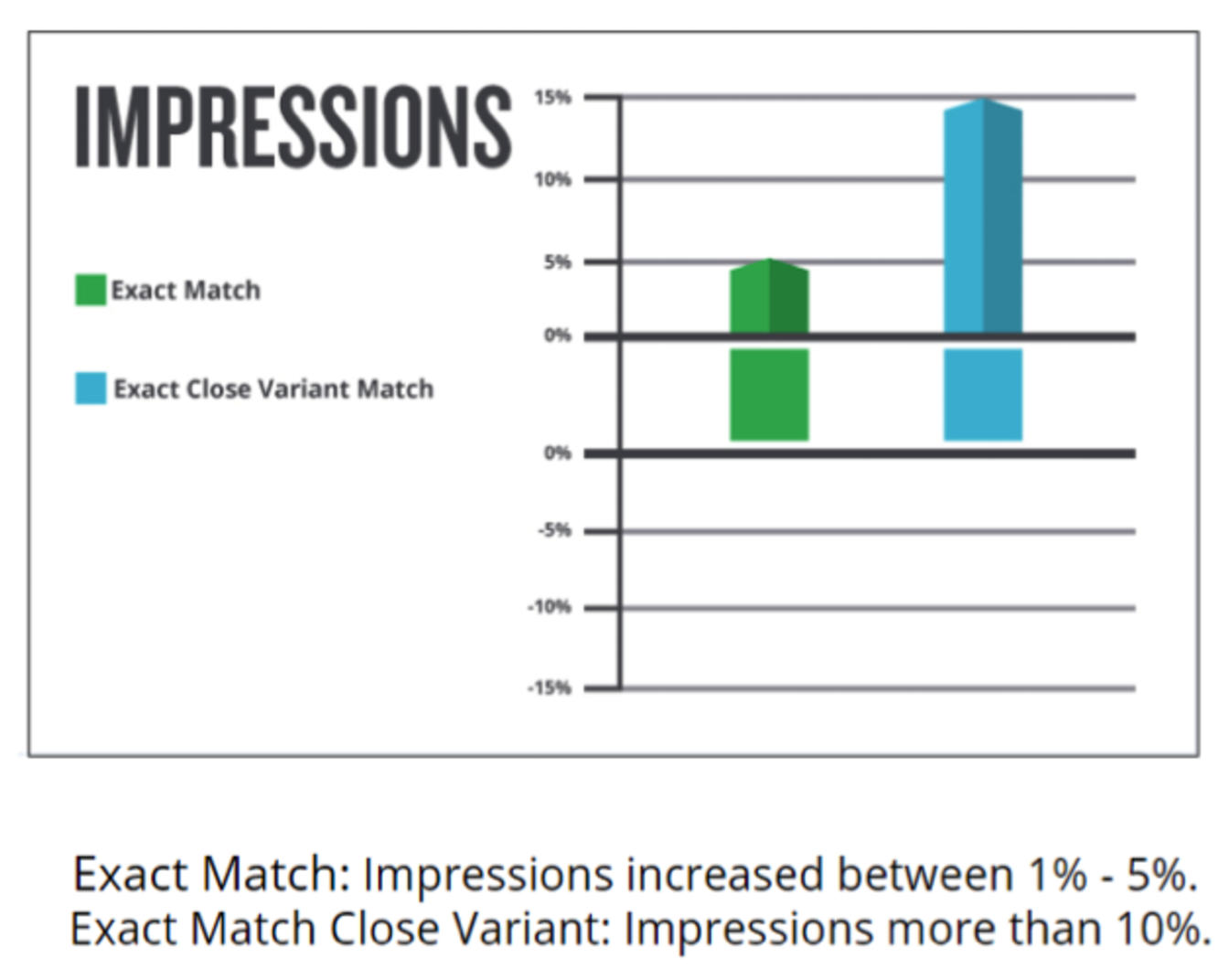
Be careful, though. Some studies show that conversion rates can decrease when using close variants.
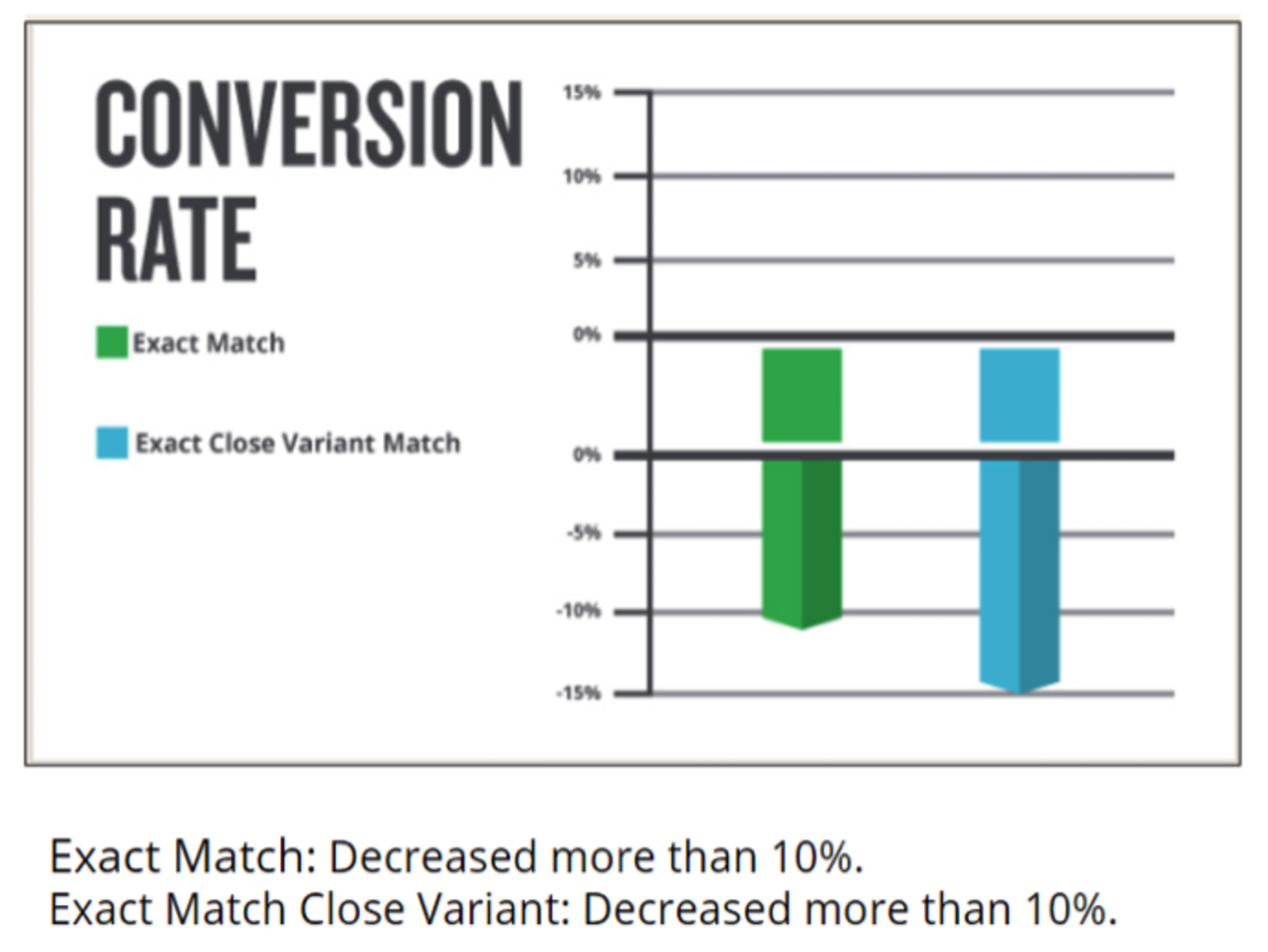
Why would the conversion rate drop? Possibly because variant queries aren’t as relevant as the exact match.
But who knows? Conversion drops aren’t necessarily going to happen with your campaign. There are tons of variations that can affect whether or not your conversion rates rise or fall.
My suggestion? Test close variants, measure their performance, and determine what is best for your brand.
8. Use negative keywords
If you want to run a killer ad campaign, you need to think about the little things that other people don’t think about.
For example, negative keywords. These help you refine your campaigns by omitting certain keywords.
Here’s a scenario in which negative keywords would be useful:

Essentially, negative keywords ensure that only people interested in your exact type of product will find your ads.
This will not only increase your conversions but also keep your spending budget to a minimum.
9. Make your ads mobile friendly
You’d think that with all the mobile devices in use, more marketers would focus on mobile. But many don’t for whatever reason.
Optimizing your ads for mobile devices will make a world of difference.

It’s an easy step to take, and it’ll get you way more clicks and conversions.
10. Segment, segment, segment
The more you segment, the more you’ll be able to specifically target micro audiences within our audience. That often results in much better conversion rates.
Segmentation often scares marketers away, because it sounds like a lot of complicated work.
It doesn’t have to be.
You can start with a few basic segments, such as segmenting your audience according to geography. Simple, right?
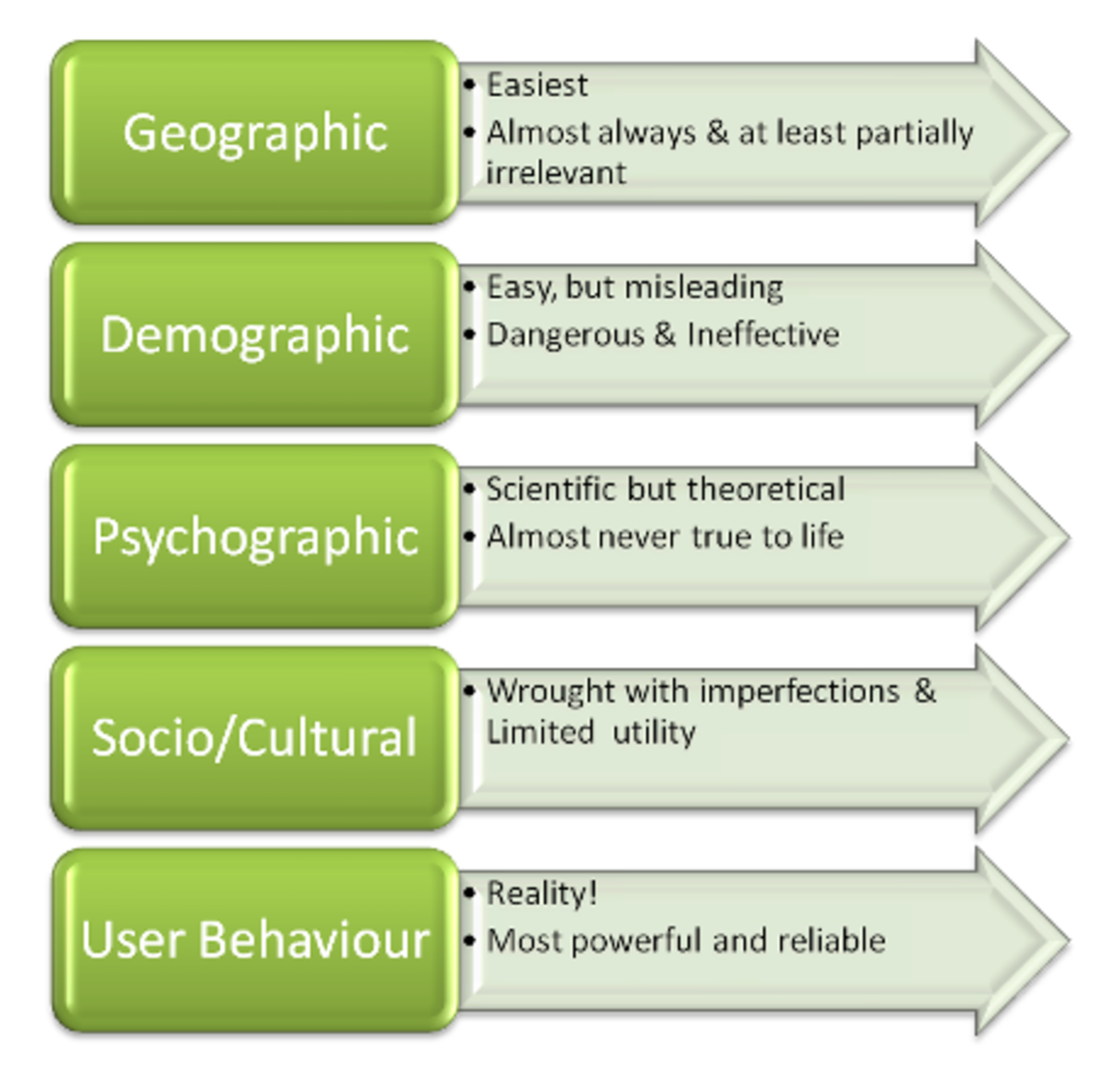
The more you segment, the more powerful you realize segmentation can be.
11. Consider adding prices
This tip comes straight from Google. If part of your business model is based on an appealing price, consider including…

COMMENTS